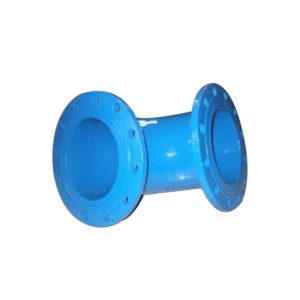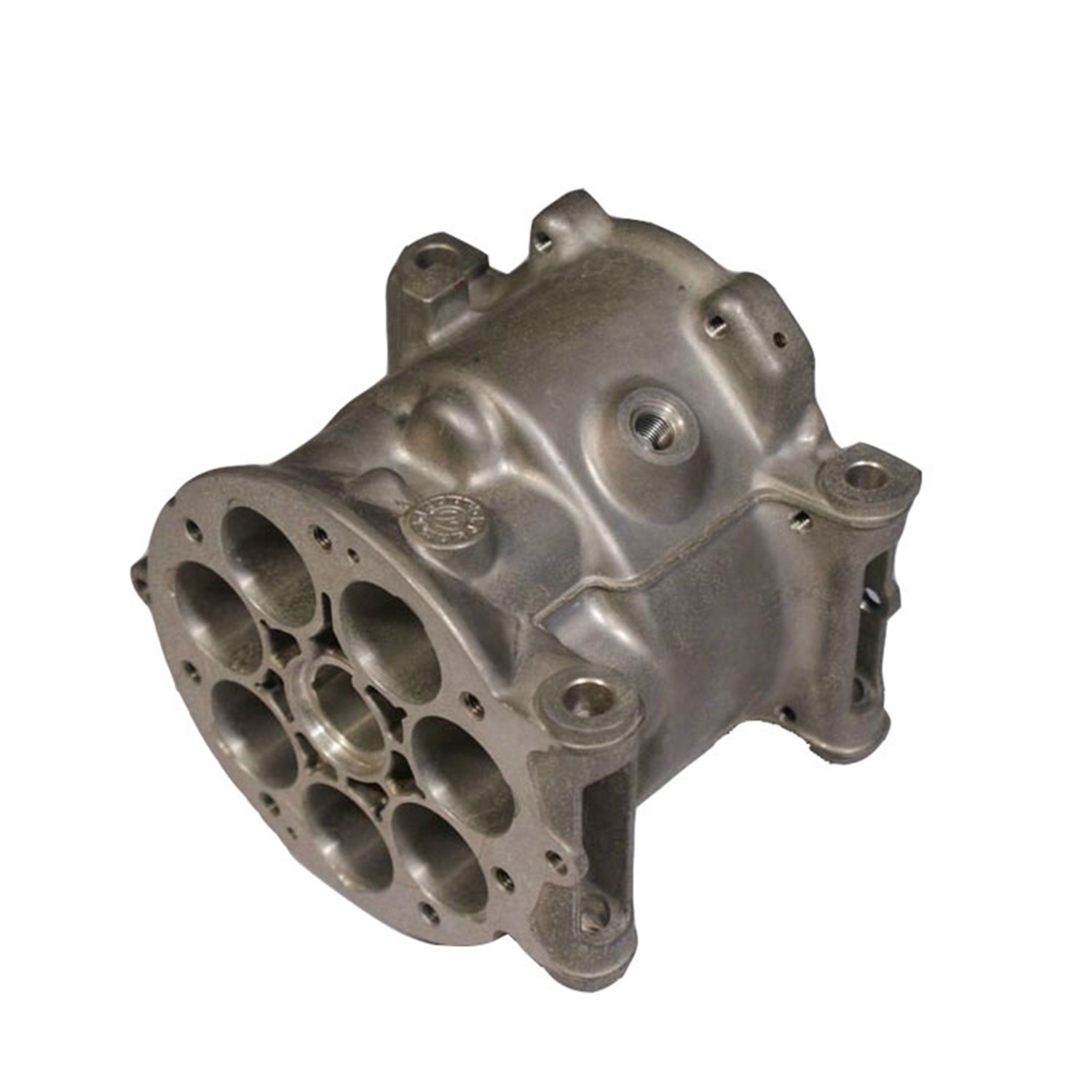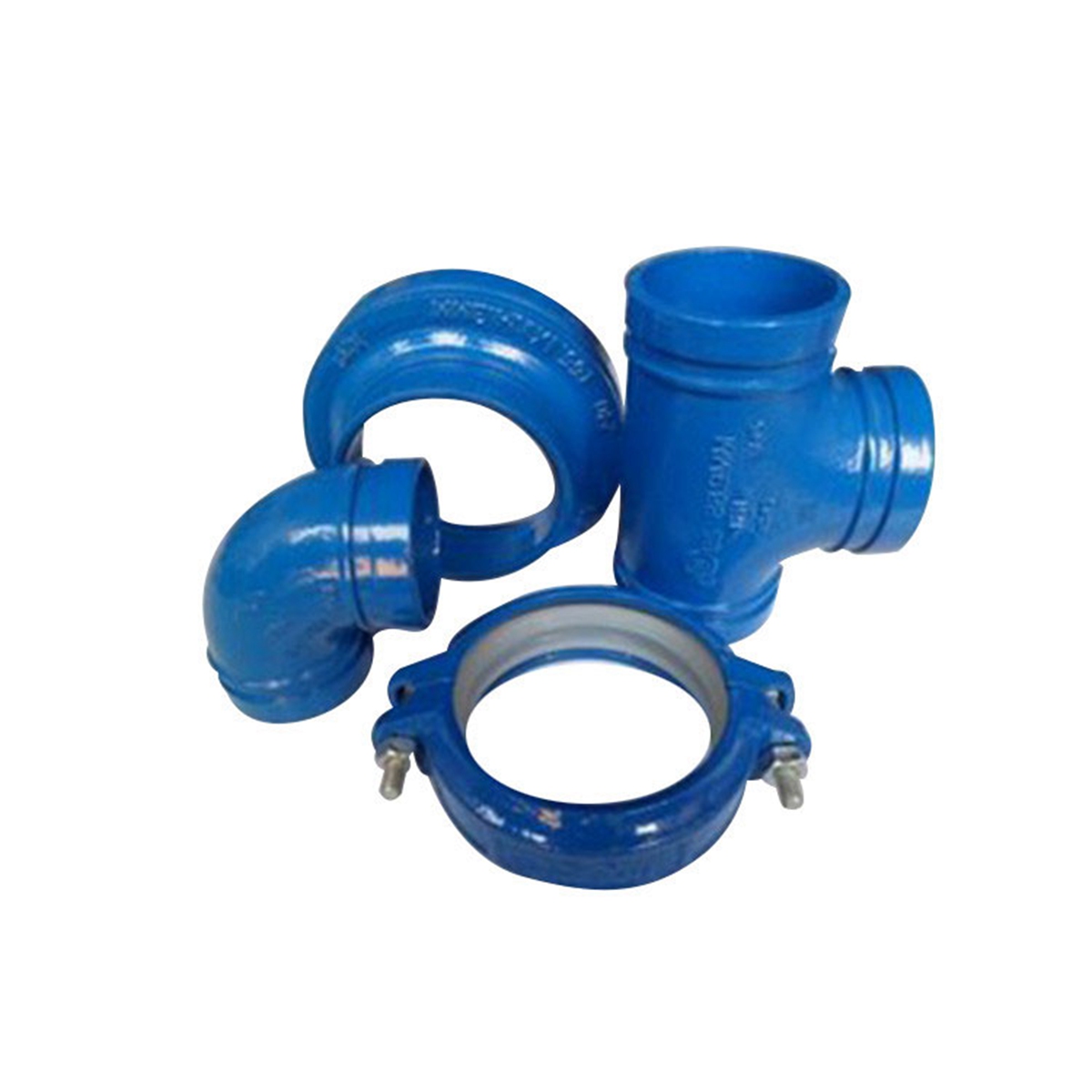
- Prepare Samples: The samples must be prepared with dimensions according to the relevant standard. There are multiple standards used. However, in general, the sample size is 55 x 10 x 10 mm with a V-notch machined in the middle of the sample. The exact shape of the notch is also indicated in the relevant standard. The testing standard will also dictate how many samples must be tested.
- Measure Sample:The sample must be accurately measured with a vernier caliper to determine the area of the sample at the notch. This will be required to calculate the impact strength.
- Calibration:The apparatus must be calibrated by releasing the pendulum without a sample in the machine. This determines how much energy is absorbed by friction.
- Set up Sample:The sample must then be carefully placed into the testing machine. The sample should be handled with tongs to ensure that no body heat is transferred into the sample or to prevent injuries with very cold or very hot samples.
- Position Pendulum:The pendulum must then be raised to its initial position and secured with the locking mechanism.
- Release the Pendulum:The pendulum can be released and will then travel through the sample, fracturing it.
- Note Energy:Most Charpy testing machines will have a dial graded in joules. The energy absorbed must be divided by the cross-sectional area of the sample at the V-notch to calculate the impact strength. The unit of impact strength is J/m2.
- Repeat Test:If it is desired to determine the ductile-to-brittle transition temperature, the tests can be repeated at multiple temperatures to plot the impact energy vs. temperature.
- Prepare Report:Finally, a report can be prepared to note the test procedure, the standard used, and the test results.





